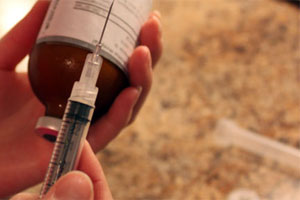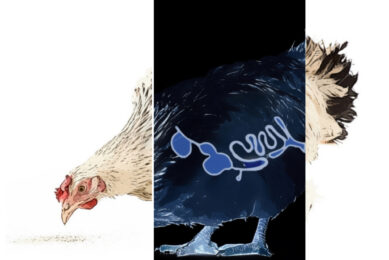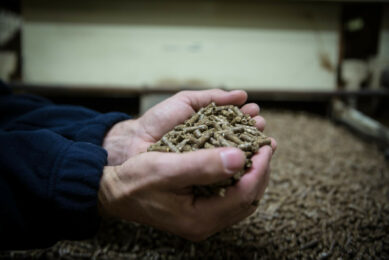Natural compounds may be alternative to antibiotics in young animals

Natural compounds may offer an alternative to certain antibiotics in the future for treating young animals that are susceptible to bacterial infections, thanks to work by U.S. Department of Agriculture (USDA) scientists.
Researchers at the Agricultural Research Service (ARS) Food and Feed Safety Research Unit in College Station, Texas, have invented a new method that involves using chlorate (sodium or salt) and nitro compounds to significantly reduce or eliminate intestinal bacterial pathogens in animals such as piglets and calves. Nitro compounds are organic substances that contain one or more nitro groups, which consist of three atoms—one of nitrogen and two of oxygen—that act as one.
ARS is USDA’s chief intramural scientific research agency.
Chlorate and nitro compounds have proven to be effective against the foodborne pathogens Salmonella and Escherichia coli O157:H7. Salmonella alone causes more than 1.3 million cases of human foodborne disease each year, at a cost of $2.4 billion. Salmonella and certain E. coli strains also cause considerable losses to the swine and cattle industries due to enteric or intestinal diseases of newborns.
Microbiologist Robin Anderson and his colleagues at the College Station unit demonstrated the effectiveness of a chlorate-based compound in earlier research by mixing it into water or feed and giving it to cattle. The compound, which was highly effective in reducing E. coli., has been licensed by a private company. Chlorate also reduced Salmonella in turkeys and broiler chickens.
In addition, scientists looked at using certain nitro compounds as a method to control foodborne bacteria. Salmonella or E. coli bacteria were treated with or without chlorate and with or without nitro compounds. Chlorate was found to have significant bacteria-killing activity against E. coli and Salmonella. However, chlorate has not been approved for commercial use in food animals by the U.S. Food and Drug Administration. When the nitro compound was added, the activity was enhanced 10- to 100-fold. Nitro compounds alone had significant bacteria-killing activity, which was more persistent than that of chlorate.
Anderson and his team concluded that nitro and chlorate compounds together were the best treatment—a combination that could offer an alternative to certain antibiotics that are commonly used to treat diarrheal infections in young animals.
Read more about this research in the May/June 2012 issue of Agricultural Research magazine.











